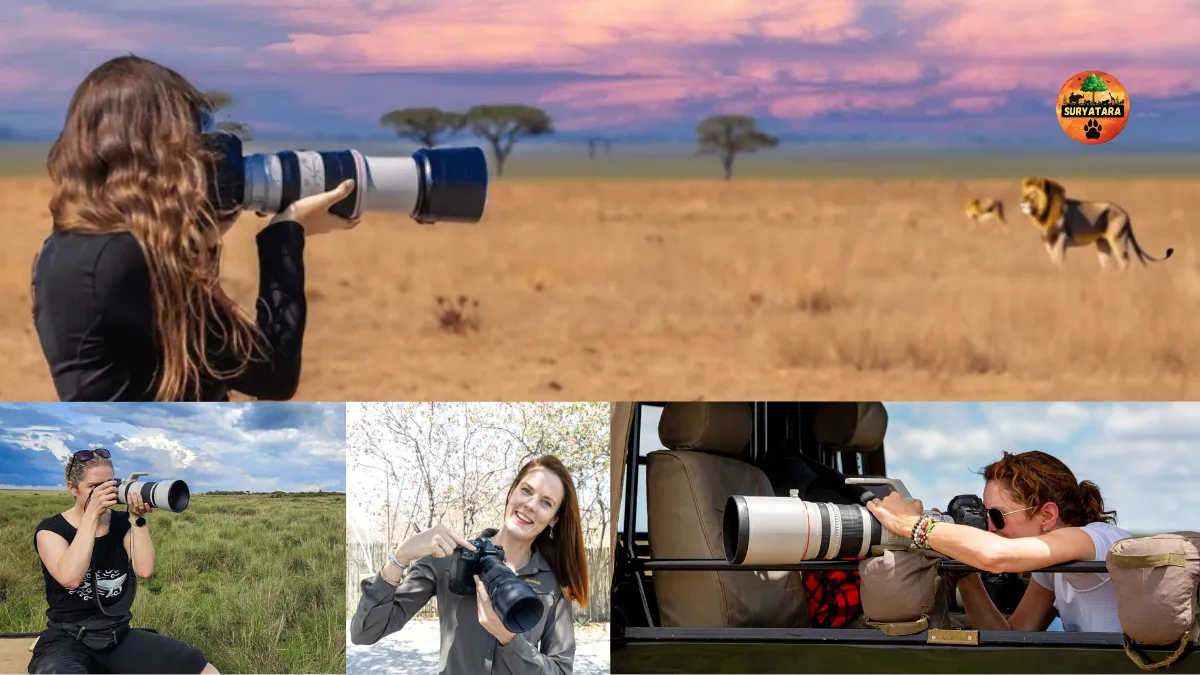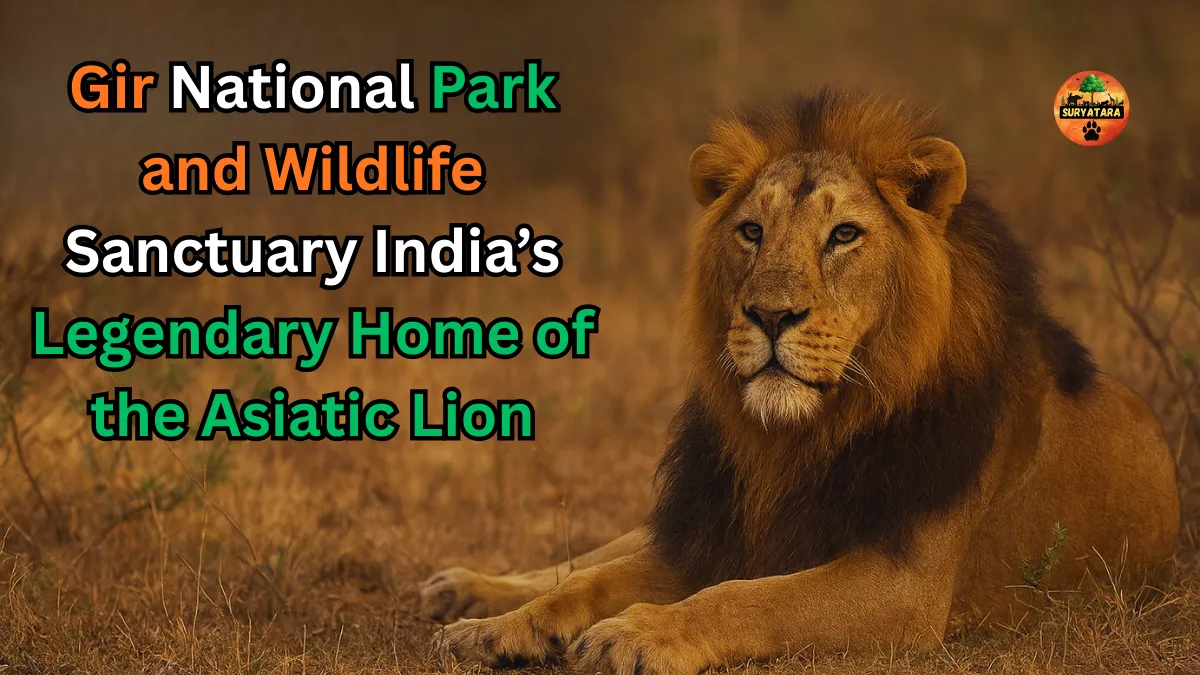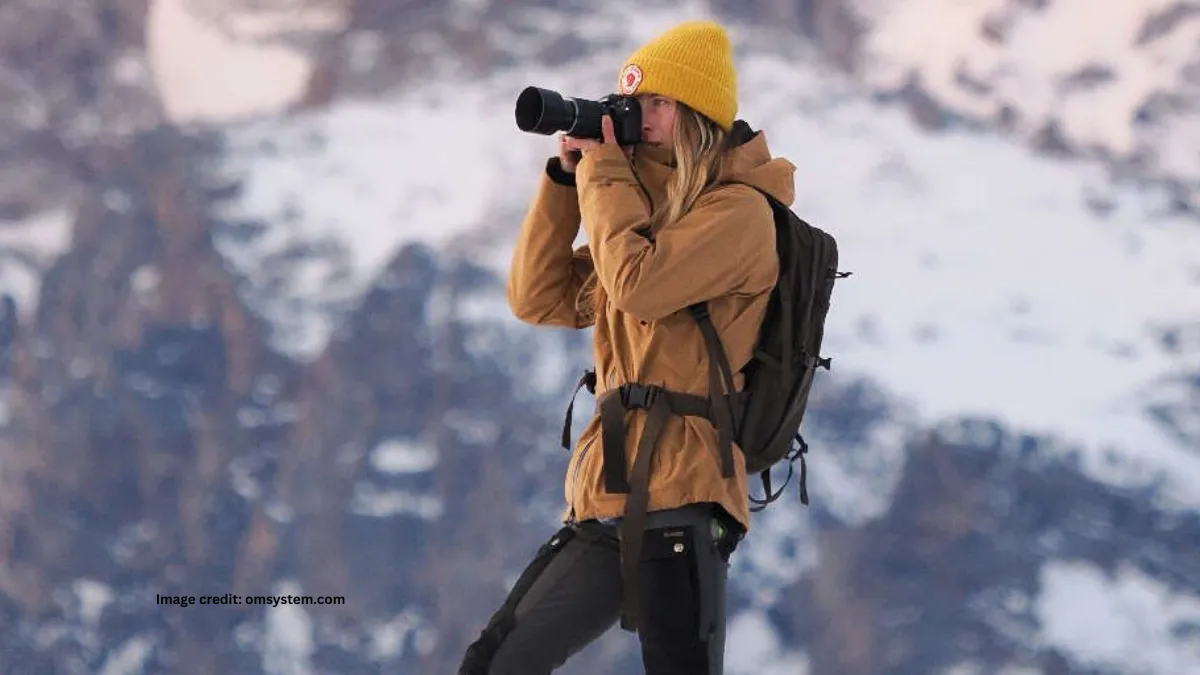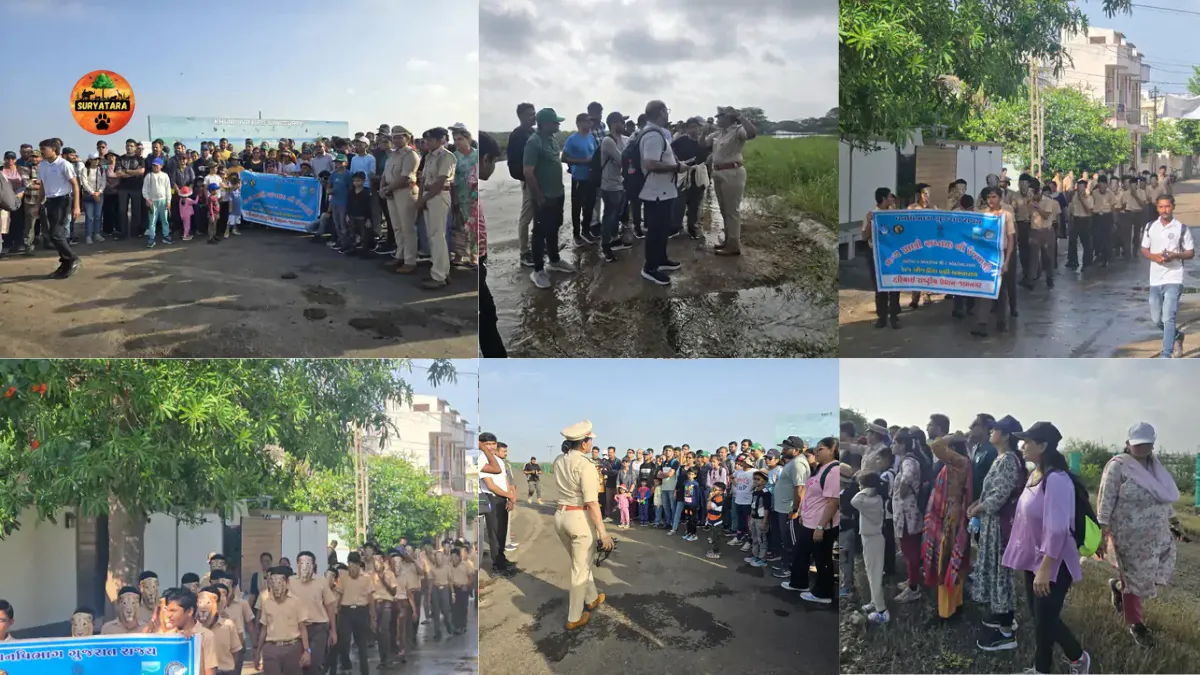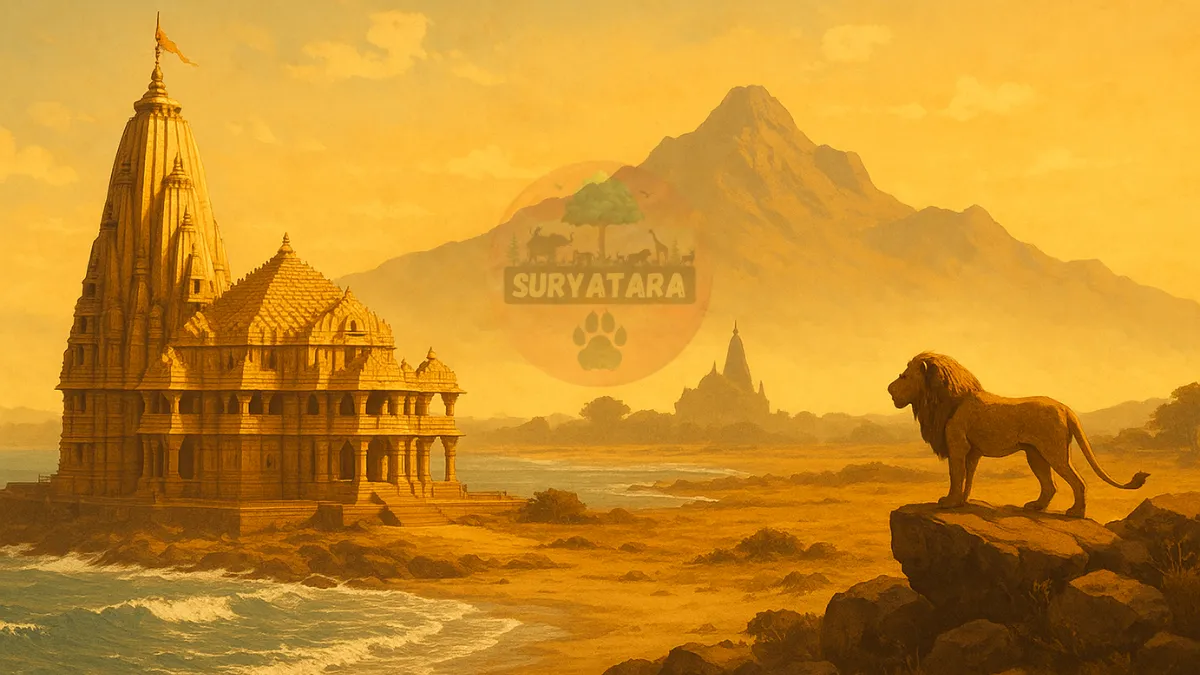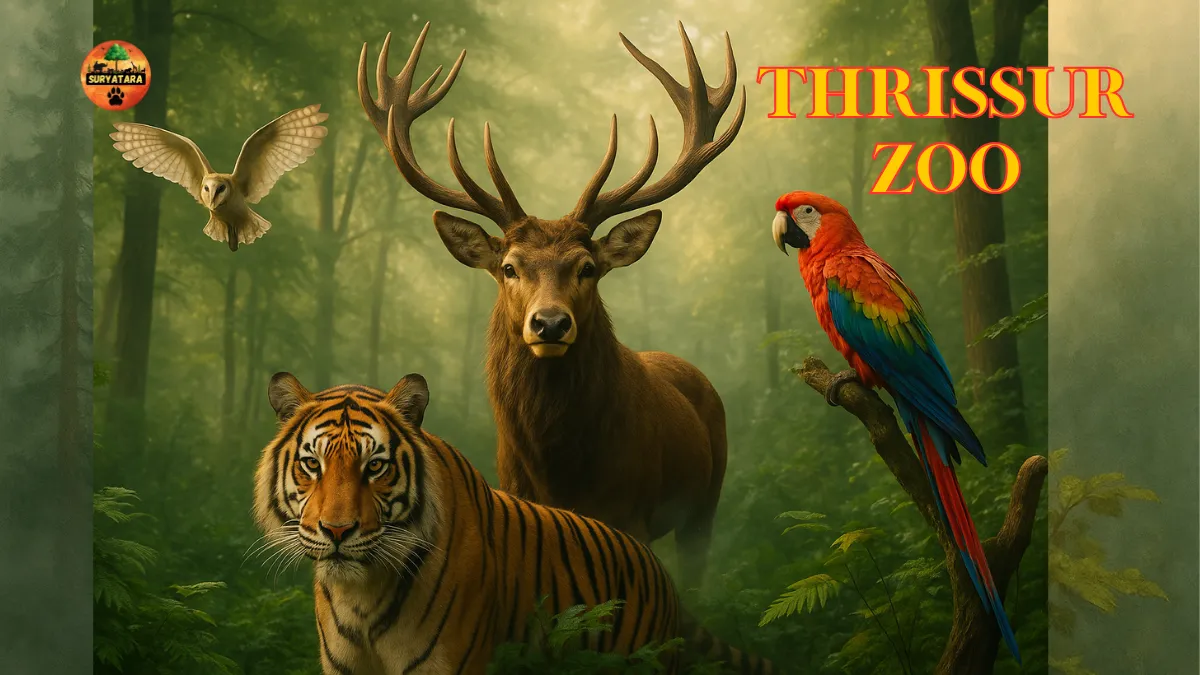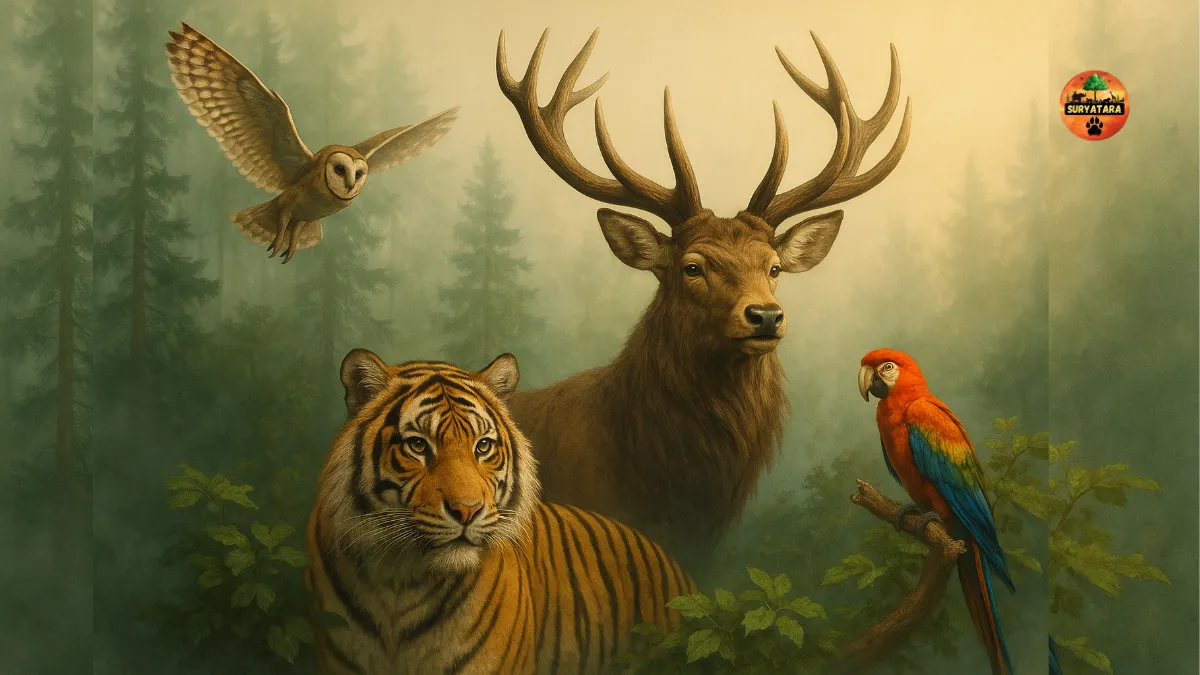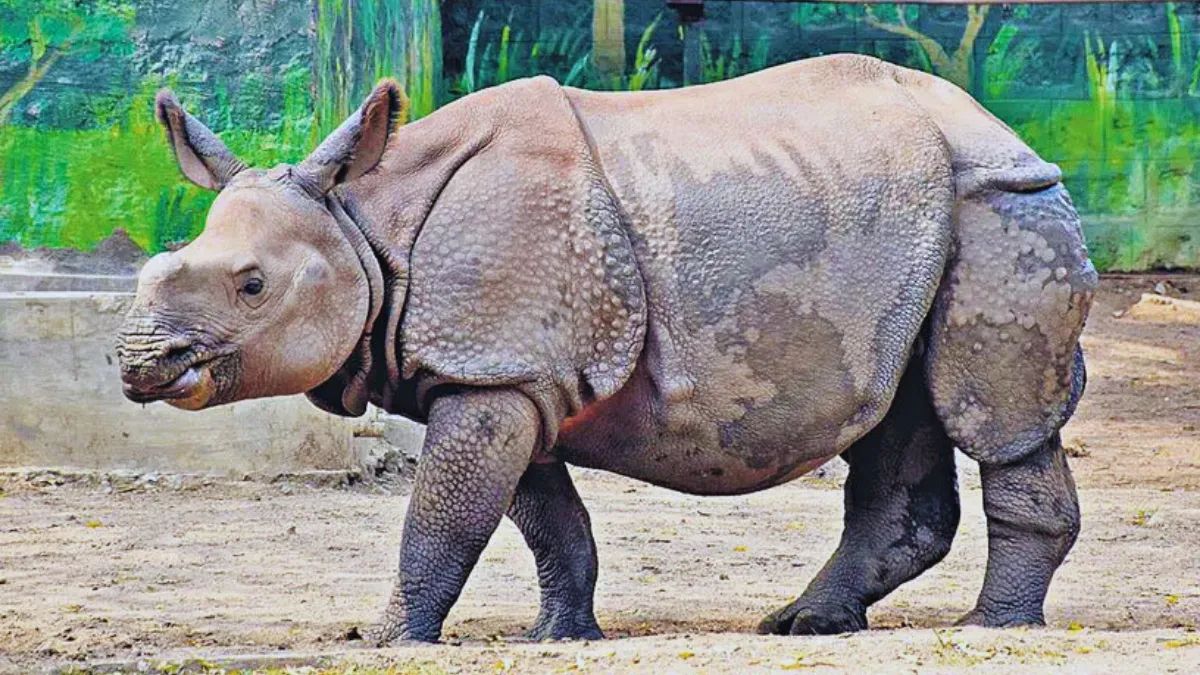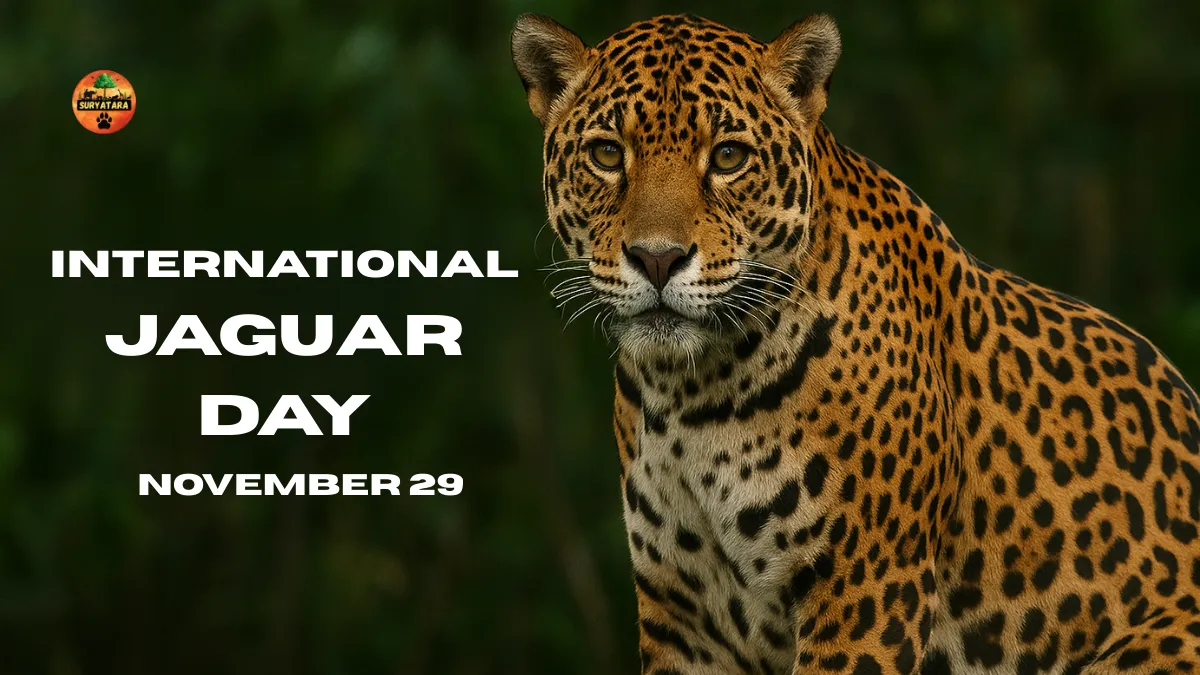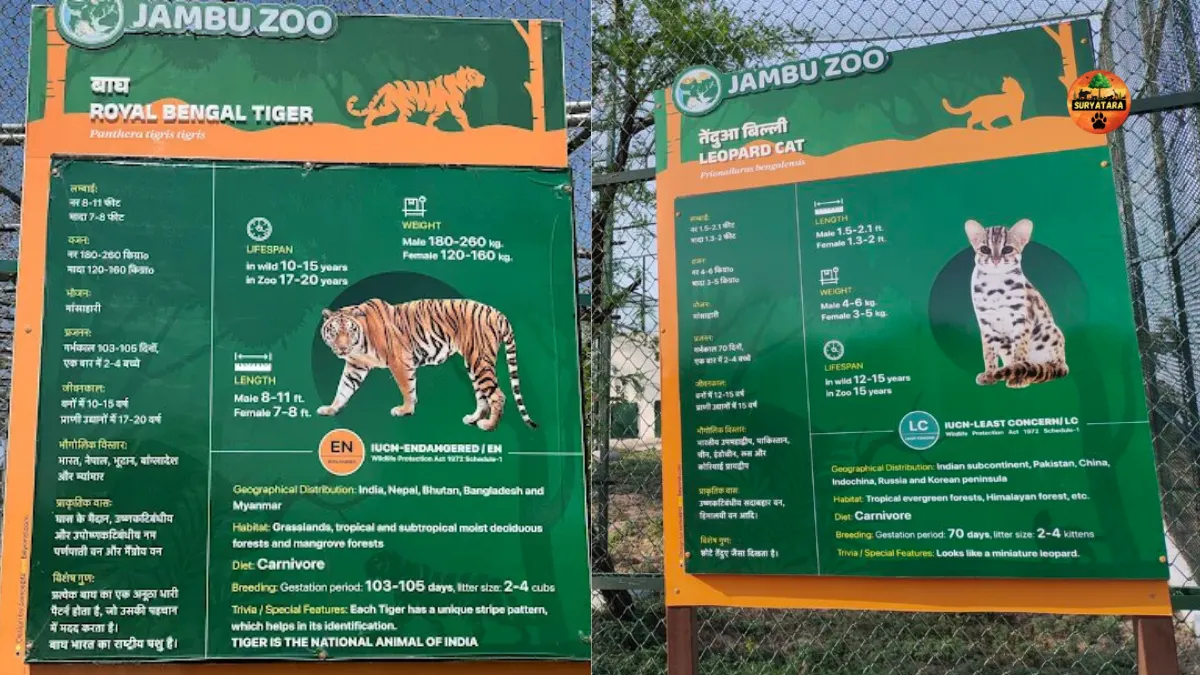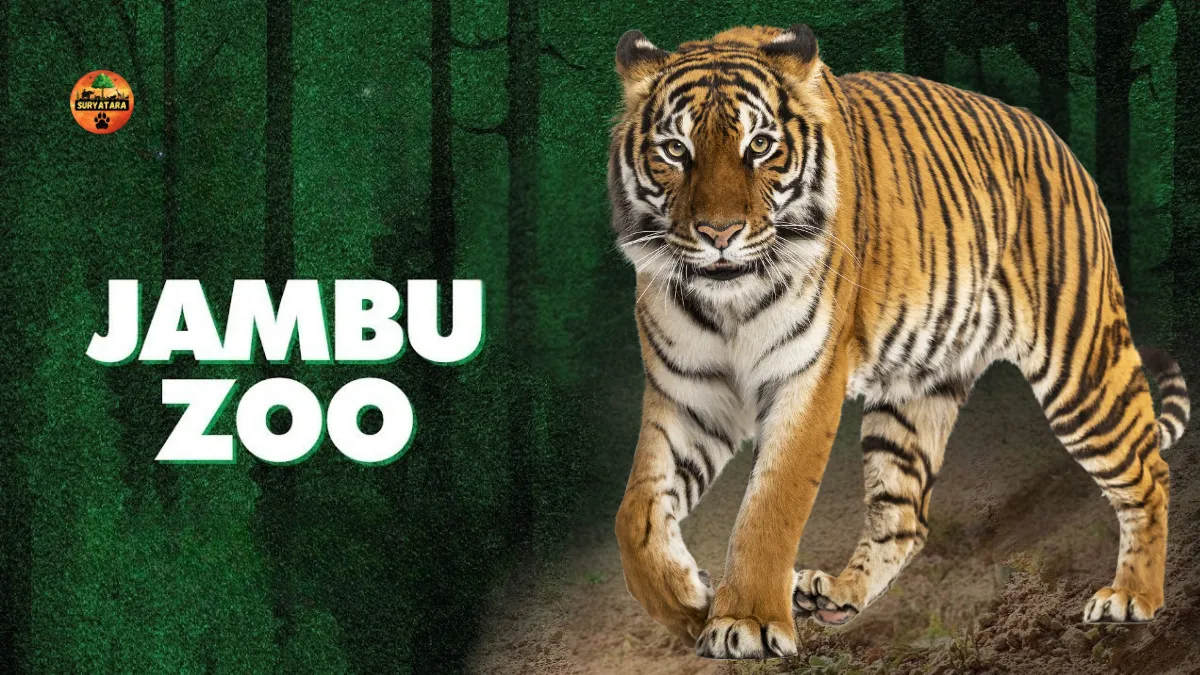Wildlife photography is one of the most thrilling and challenging forms of photography. Whether you’re capturing a tiger mid-leap or a bird in flight, having the right camera is crucial. In 2025, camera technology has reached new heights — faster autofocus, better low-light performance, and lighter builds. In this article, we’ll help you find the best cameras for wildlife photography in 2025 based on your needs, budget, and experience level.
Why Choosing the Right Camera Matters in Wildlife Photography
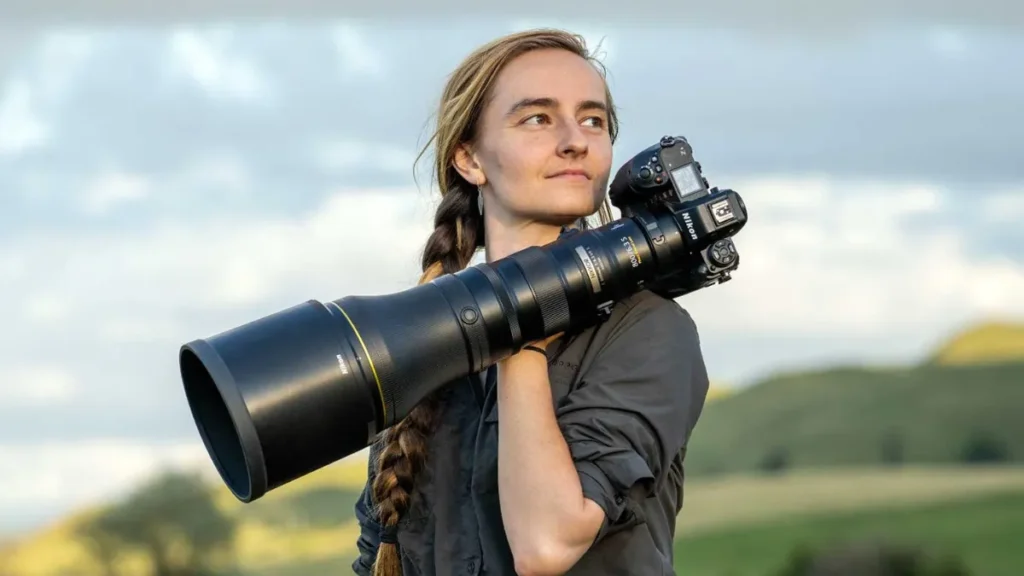
Unlike studio photography, wildlife photography offers no second chances. Animals are unpredictable, fast, and often at a distance. A split-second delay in focus or poor image quality can cost you a perfect shot. That’s why investing in a camera built specifically for wildlife makes all the difference.
You need:
- Fast autofocus (AF)
- High burst rate (FPS)
- Great image quality (even in low light)
- Weather sealing and durability
- Good lens compatibility
Top 5 Best Cameras for Wildlife Photography in 2025
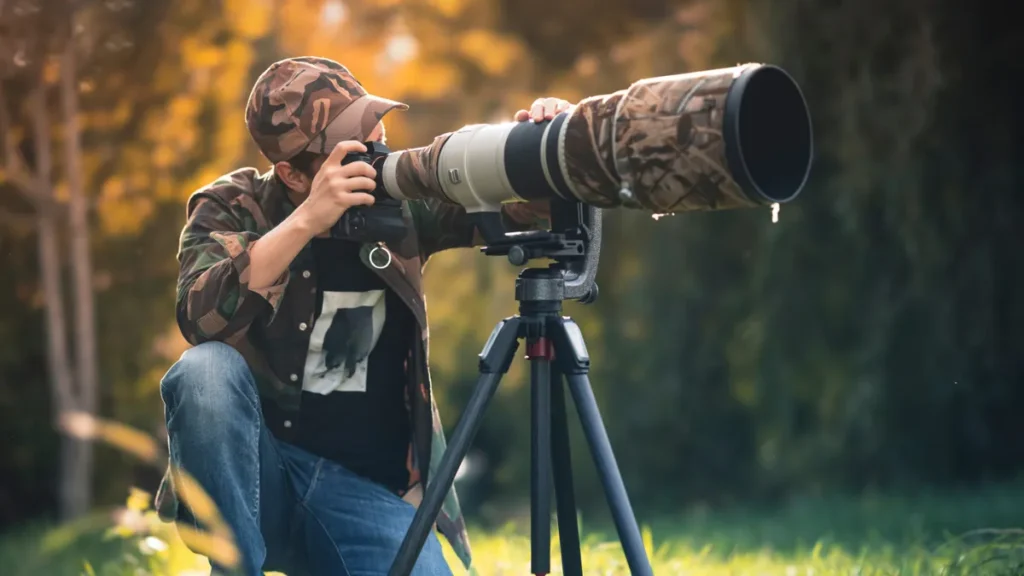
Here’s a quick comparison of the top cameras based on performance, features, and price:
| Camera Model | Type | FPS (Burst) | AF Points | Resolution | Approx. Price (INR) |
|---|---|---|---|---|---|
| Sony A1 II | Mirrorless | 30 FPS | 759 | 50.1 MP | MRP Rs.579990.00 |
| Canon EOS R5 Mark II | Mirrorless | 20 FPS | 1053 | 45 MP | MRP Rs.405995.00 |
| Nikon Z8 | Mirrorless | 20 FPS | 493 | 45.7 MP | MRP Rs. 3 43 995.00 |
| Panasonic Lumix G9 II | Mirrorless | 14 FPS | 315 | 25 MP | MRP Rs.128,698.00 |
| Nikon D850 | DSLR | 7 FPS | 153 | 45.7 MP | MRP Rs.2,40,000.00 |
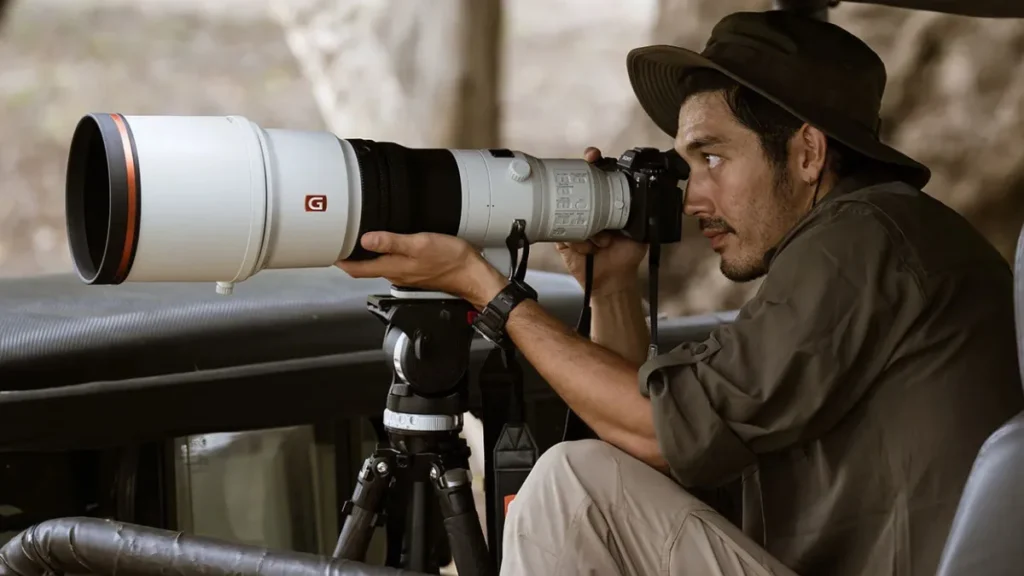
1. Sony A1 II – The Beast for Pros
The Sony A1 II is the most advanced wildlife camera of 2025. With 30 FPS blackout-free shooting, a huge buffer, and AI-powered autofocus, it handles everything from birds to big cats with ease.
Why It’s Best:
- Lightning-fast real-time tracking
- 8K video and 4K 120fps for action shots
- Excellent low-light performance
Best For: Professionals who want no compromise performance.
2. Canon EOS R5 Mark II – Best All-Rounder
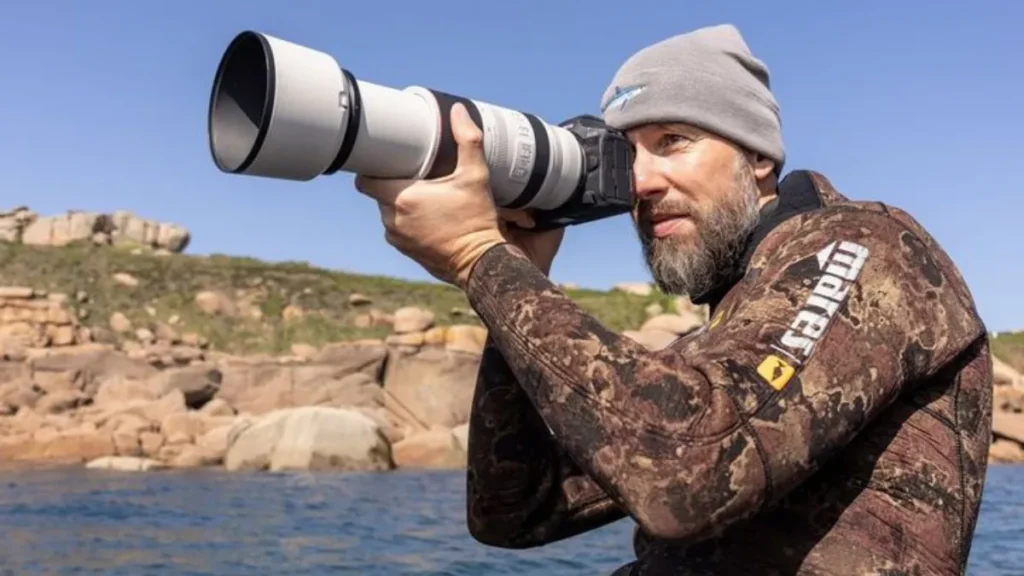
Canon’s new R5 Mark II builds upon its legendary predecessor with improved heat management, longer recording times, and even faster autofocus. It’s ideal for wildlife photographers who shoot both stills and video.
Top Features:
- 45MP full-frame sensor
- Dual Pixel AF II with animal-eye tracking
- Amazing color science (Canon’s specialty)
Best For: Enthusiasts and hybrid shooters (photo + video).
3. Nikon Z8 – Built for Tough Fieldwork
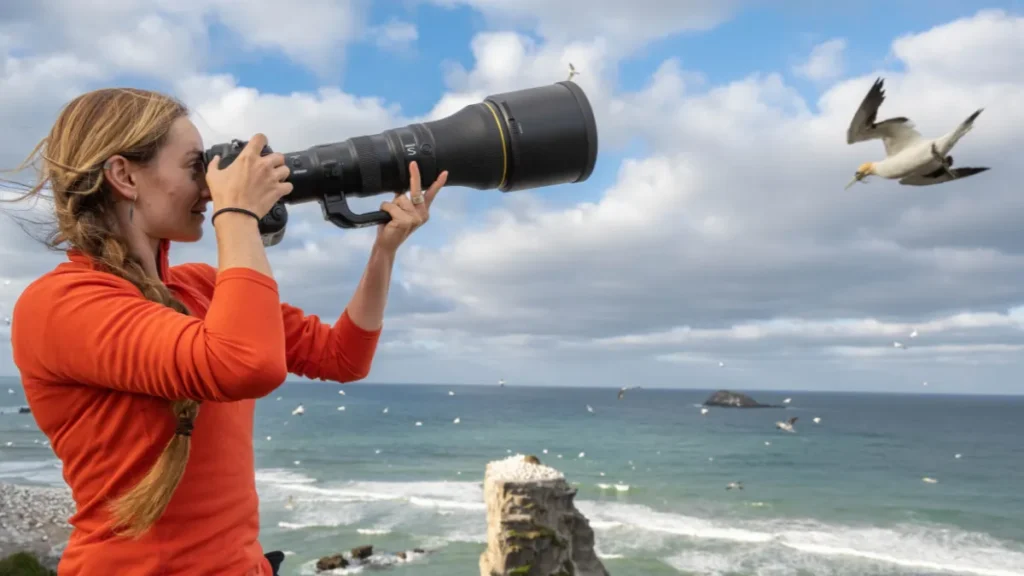
The Z8 is a rugged, reliable powerhouse that offers flagship Z9 performance at a lower price. Its magnesium alloy body and full weather sealing make it perfect for shooting in jungles, deserts, or snowy mountains.
Why Wildlife Photographers Love It:
- 120 FPS pre-release capture
- Deep buffer for long burst shooting
- Sharp and natural image rendering
Best For: Professionals who want flagship power at mid-range cost.
4. Panasonic Lumix G9 II – Budget Mirrorless King
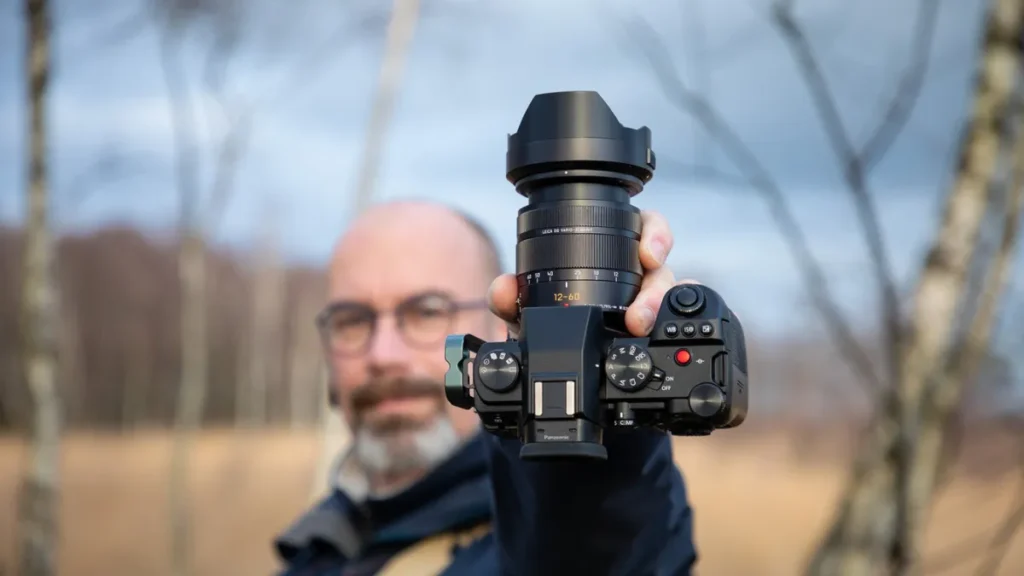
If you’re on a budget but still want pro-level features, the G9 II is your friend. Despite being a Micro Four Thirds camera, it offers great speed and sharpness.
Strengths:
- Smaller, lighter body — ideal for travel
- 100MP handheld high-res mode
- Affordable price tag
Best For: Beginners or travelers who want lightweight gear without compromising quality.
5. Nikon D850 – Best DSLR Option in 2025
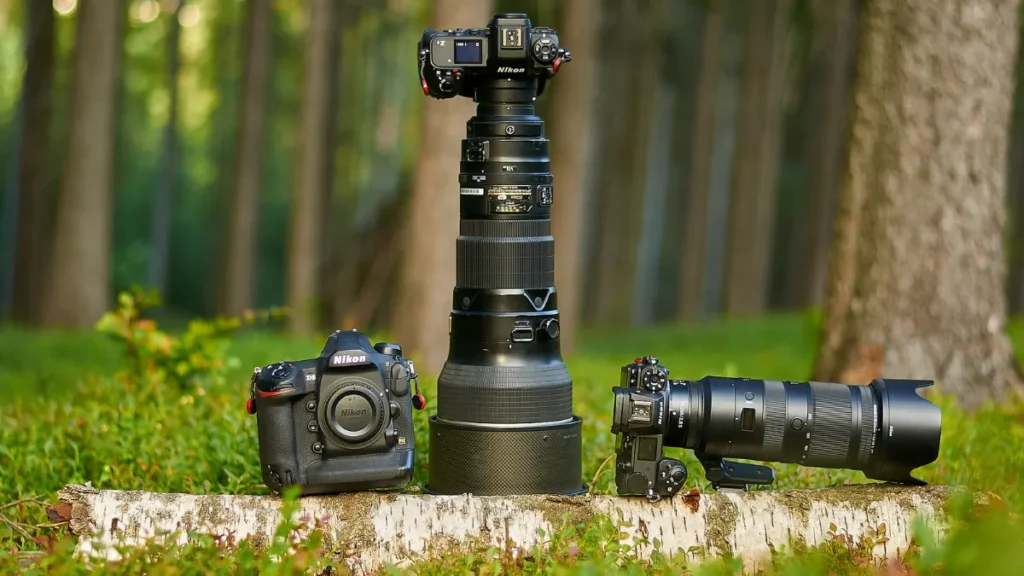
Yes, DSLRs are still relevant! The Nikon D850, though a few years old, remains a legend in wildlife photography due to its excellent dynamic range and build quality.
Highlights:
- Massive battery life (over 1800 shots)
- Compatible with wide range of Nikon lenses
- Extremely durable
Best For: DSLR lovers who want solid performance and reliability.
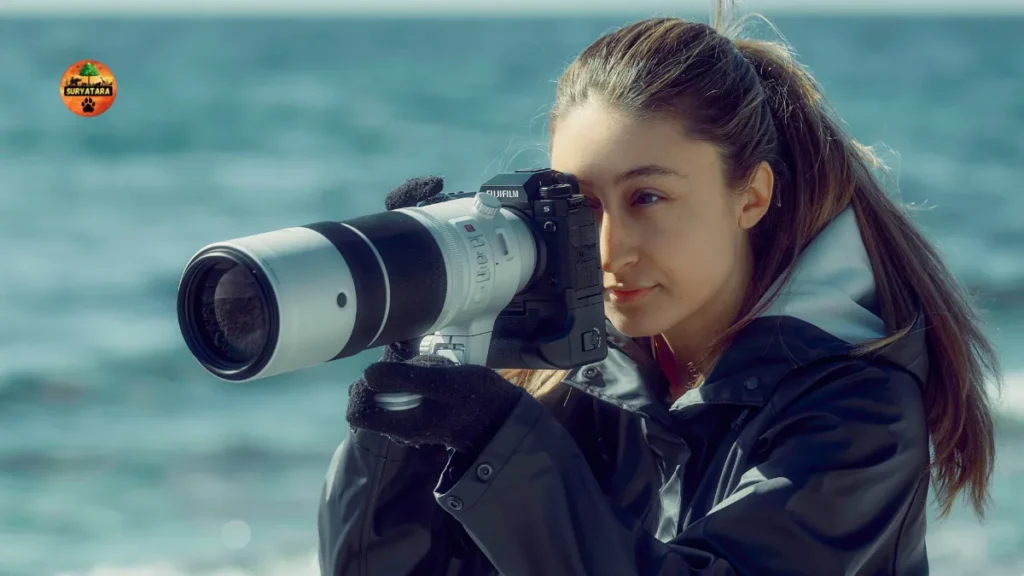
Also read: Wildlife Photo Tours: The Ultimate Guide for Nature and Photography Lovers
Key Features to Consider Before Buying
- Autofocus Speed & Accuracy
- Look for subject detection, eye-tracking (animal), and real-time tracking.
- Burst Rate (FPS)
- Wildlife photography is fast-paced. Go for 10 FPS or more.
- Sensor Type
- Full-frame sensors are ideal for image quality and depth. APS-C and Micro Four Thirds are lighter and more affordable.
- Weather Sealing
- Jungle safaris and nature trips are dusty, wet, and rough. A rugged body is a must.
- Lens Compatibility
- Choose a camera brand that offers great telephoto lenses (like 100–400mm, 200–600mm).
Also read: Vantara Visit: A Journey into India’s Largest Animal Rescue and Rehabilitation Center
Where to Buy These Cameras in India
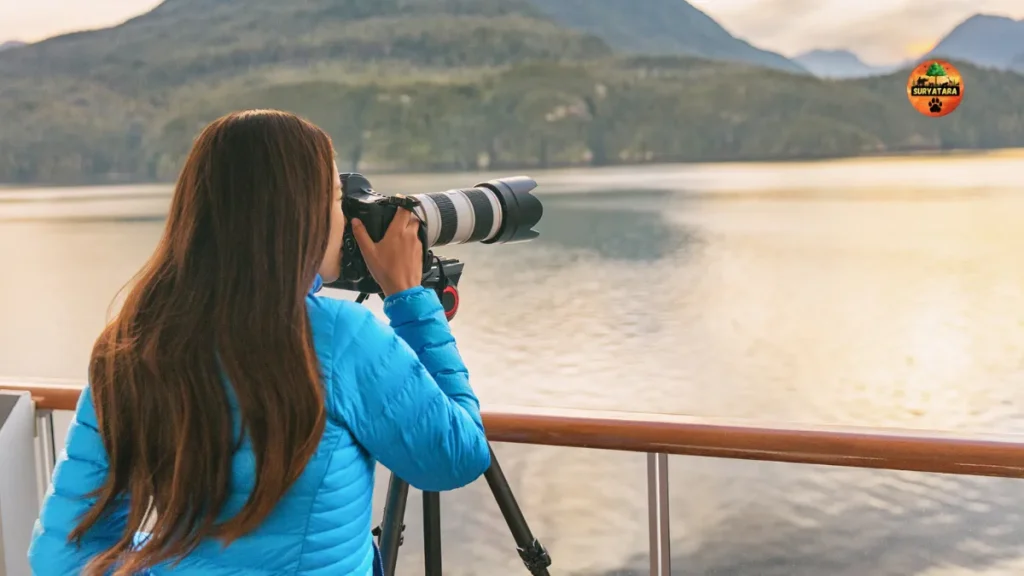
You can purchase these cameras from trusted sites:
- Amazon India
- Flipkart
- B&H Photo (Ships to India)
- [Croma, Reliance Digital (Retail chains)]
Tip: Always buy from authorized dealers to get full warranty and support.
Also read: Salim Ali Bird Sanctuary: How to reach,information,opening time in Goa
Conclusion: The Right Gear Can Make or Break Your Shot
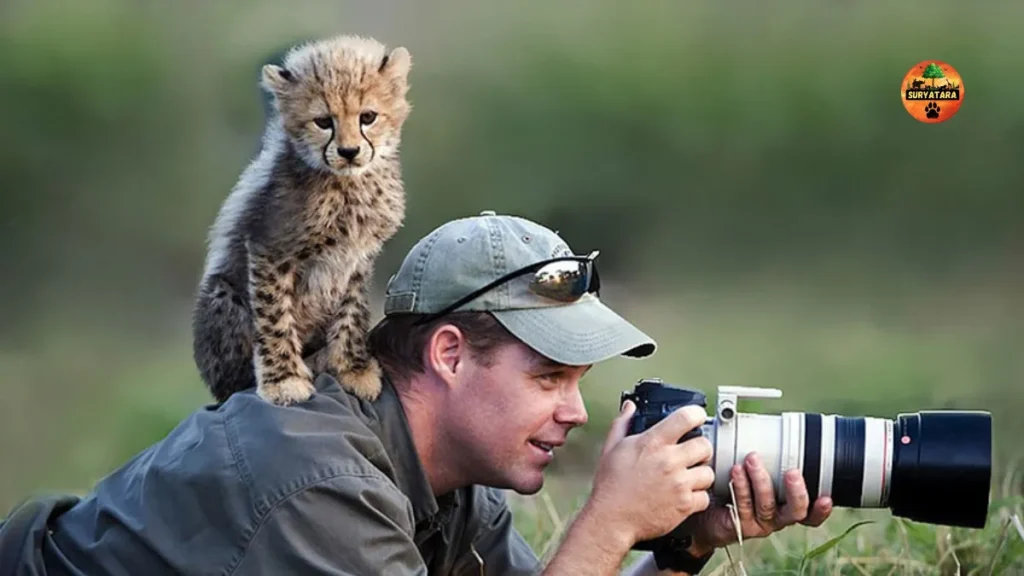
Wildlife photography in 2025 is more accessible and exciting than ever before. Whether you’re a beginner or a pro, choosing the best camera for wildlife photography depends on your budget, skill level, and the kind of animals you love to shoot.
Start with the right tool, learn patiently, and stay consistent. The jungle has no retakes — but with the right camera, you’ll never miss a moment.
FAQ
Which is the best camera for beginner wildlife photographers?
Panasonic G9 II or Canon R7 are great for beginners due to their size, price, and performance.
Mirrorless vs DSLR – Which is better for wildlife?
Mirrorless is the future — faster AF, silent shooting, and lighter bodies. DSLRs like D850 are still reliable but slowly phasing out.
Is 200mm lens enough for wildlife?
It works for large animals (like elephants, deer), but for birds or tigers, go for 400mm or more.
Should I prioritize resolution or speed?
Both matter, but in wildlife, speed (AF & FPS) is slightly more important than just megapixels.
